Wags to Riches 2024 Recap
Wags to Riches was another hit this year, bringing in around $125,000 for our organization and the animals in our care! Similarly to last year, we were able to sell
Wags to Riches was another hit this year, bringing in around $125,000 for our organization and the animals in our care! Similarly to last year, we were able to sell
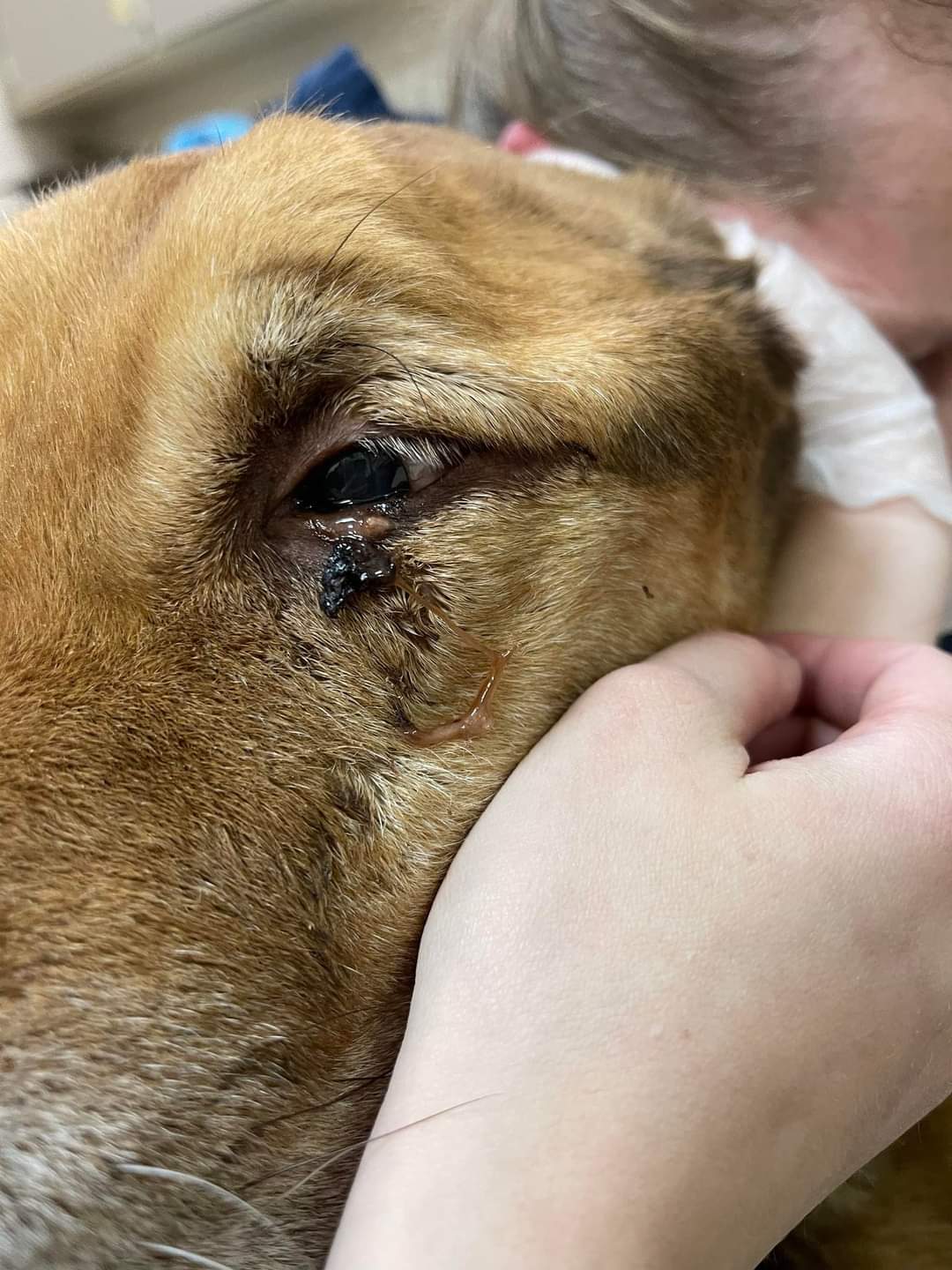
April is Prevention of Cruelty to Animals Month, which is a 30-day campaign that was initiated in 2006 by the ASPCA (The American Society for the Prevention of Cruelty to
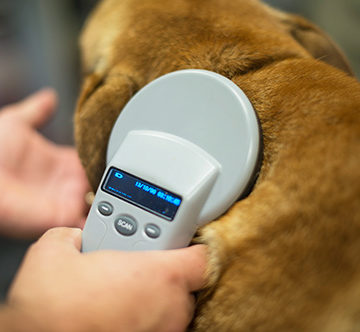
Is Your Pet Chipped? May is “National Microchip Your Pet Month” and we want to take advantage of this holiday to educate everyone on the importance of this topic. While
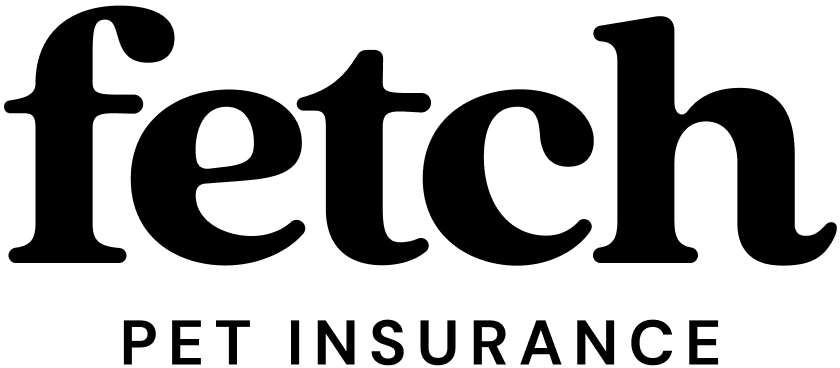
We have wonderful news! We have recently partnered with Fetch Pet Insurance to offer comprehensive accident and illness protection for your newly adopted pet. Our post-adoption advisor Jess meets with all
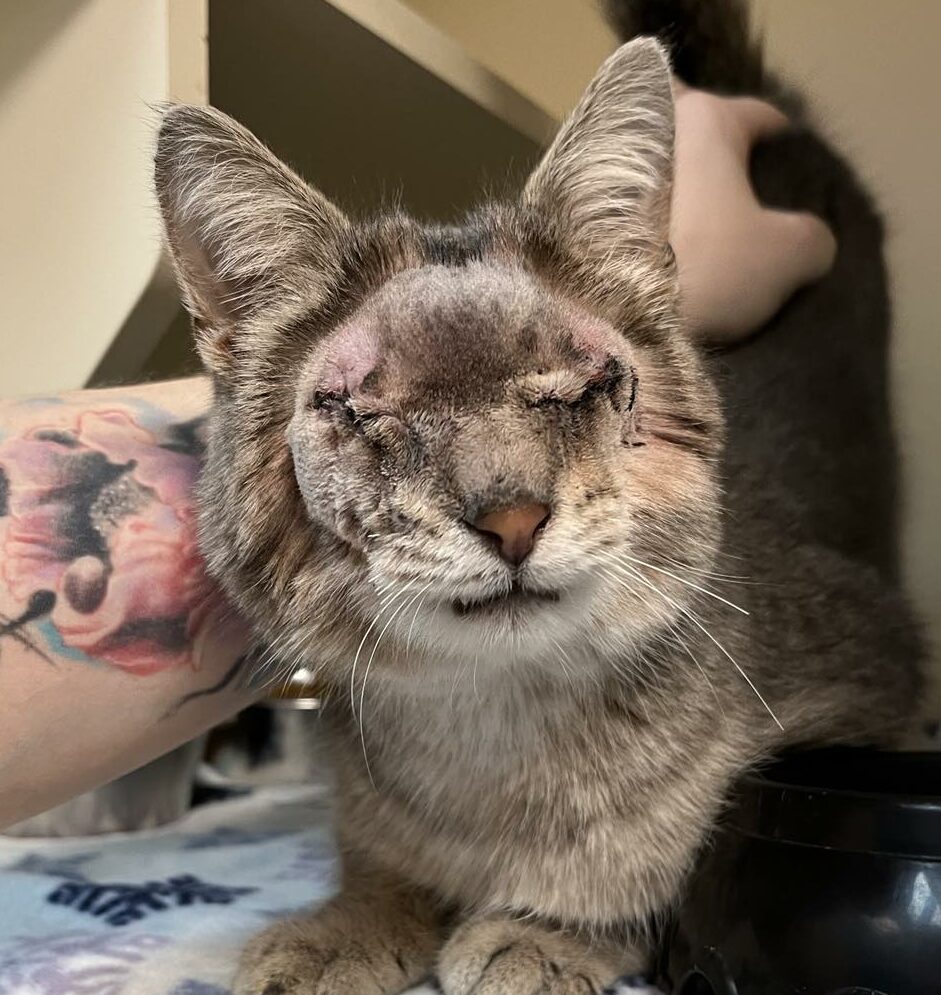
Stevie is such a special boy, that when asked for a cat to highlight, staff immediately mentioned his name! One thing that makes Stevie’s story unique is that he is
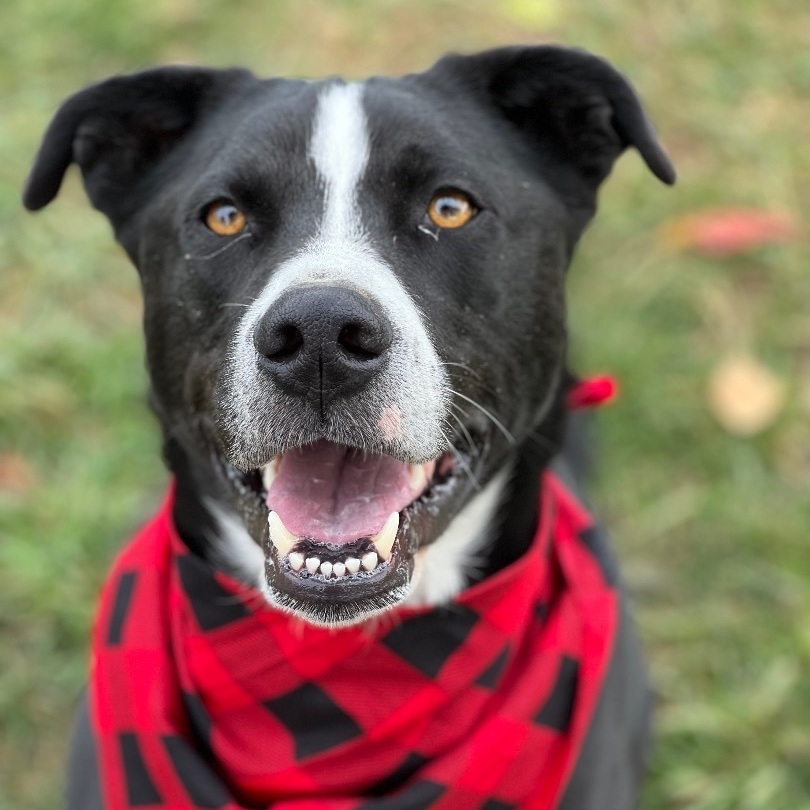
In a pre-pandemic world, Leo would have been immediately adopted. In fact, Leo was originally adopted from another shelter. His owner was overwhelmed by Leo’s size and his energy, therefore
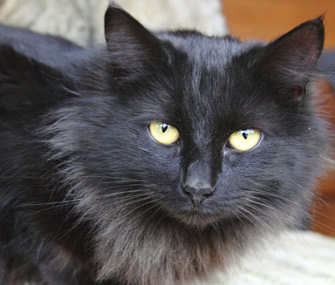
For many years black cats have been villainized or disparaged simply due to the color of their fur. This is typically due to the unfair representations portrayed within media or
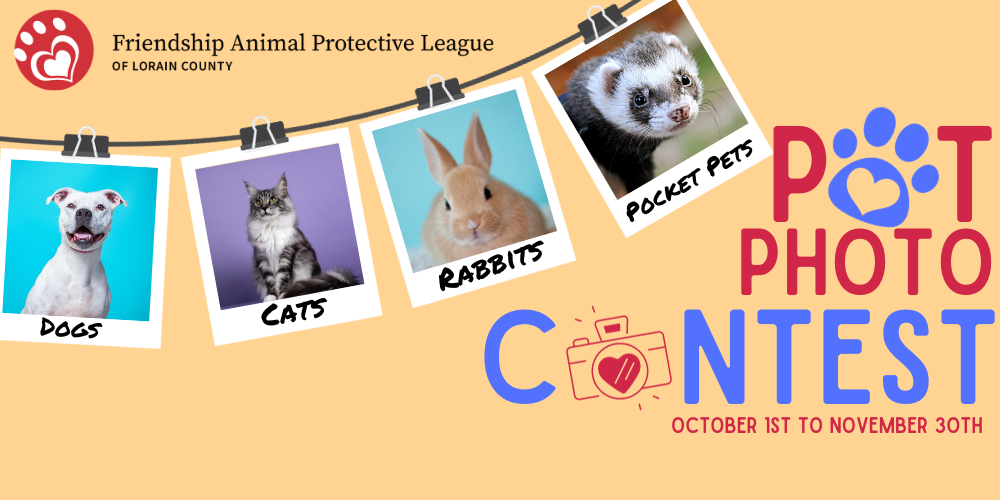
Join us for our first ever Pet Photo Contest! We want to feature you and your pet on a window decal inside of our shelter for an entire year! This

The Friendship Animal Protective League works with several businesses within our community to help support our mission driven work. A big part of our mission includes finding homes for the
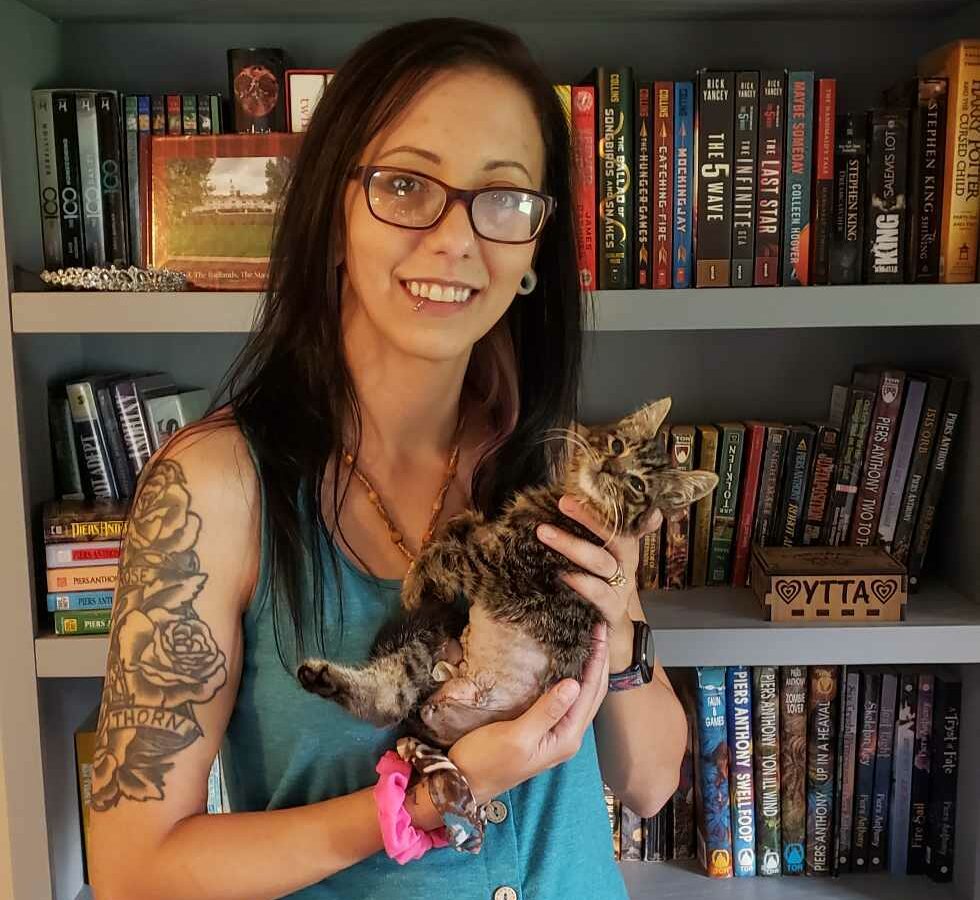
It is not uncommon for animals like Squish to walk through our door. A good Samaritan found Squish after it appeared he had been hit by a car and immediately
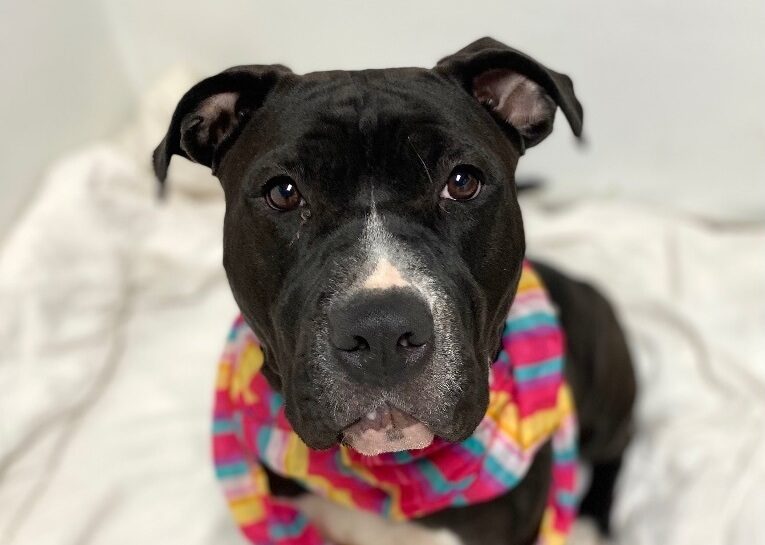
Mary Ann came to us on August 27, 2022 after being found living in a backyard with no food or water by our Humane Officers. Mary Ann was emaciated, and
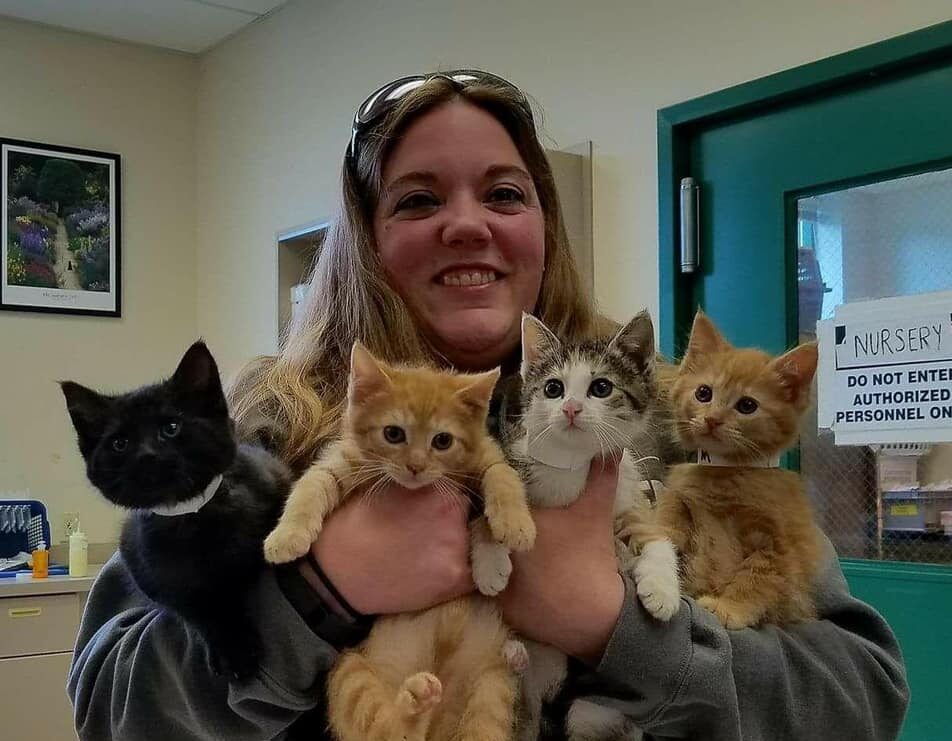
Every year, a common term used in the animal welfare world is Kitten Season. This term is used to describe the time of year (March through September) when shelters are
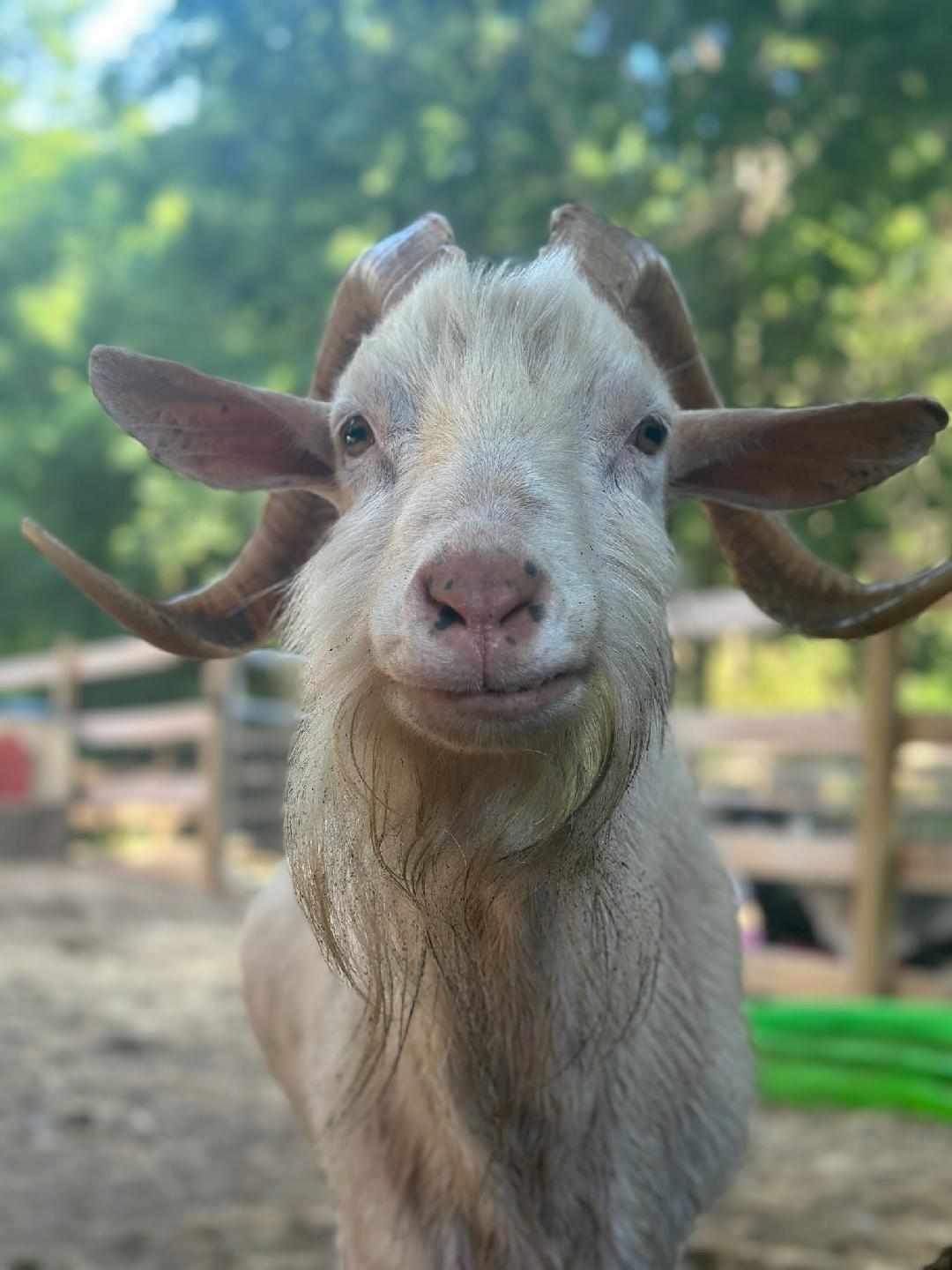
On Friday, July 14th Friendship APL Humane Officers and our on staff vet tech went on a routine follow up call about the suspected neglect of four goats. The four goats
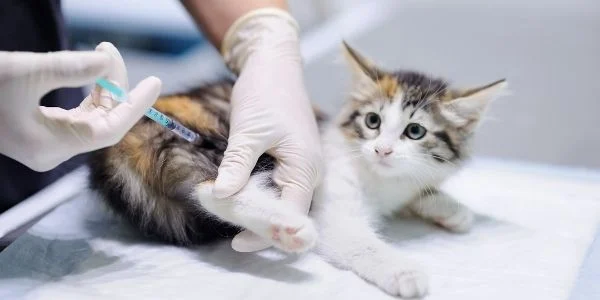
Annual vaccinations for your pets are a vital factor in ensuring they live longer, healthier lives. Proper vaccination protocols and terminology can be a lot to comprehend if you have

Animals uplift our lives in various ways from their cute faces to their unforgettable personalities. Animals work to dry up our tears on bad days and make our laughter even